Marketing automation has become one of the most powerful forces in digital marketing today. Businesses of every size rely on tools like HubSpot, Mailchimp, Zoho, Active Campaign, and Marketo to streamline campaigns, automate client outreach, and generate a predictable flow of leads. Yet even the most advanced automation cannot replicate the emotional intelligence, creativity, and storytelling that humans bring to the marketing strategy. This evolving partnership automation plus creativity defines success in modern marketing.
For companies striving to convert more prospects, reduce manual workload, and scale results quickly, finding the right balance is no longer optional. It is the core of a winning digital marketing strategy.
What is Marketing Automation and Why is It Essential Today?
Marketing automation refers to technologies that automatically execute repetitive marketing tasks such as sending personalized emails, tracking leads, and analyzing behavior based on predefined workflows.
With customers engaging through multiple platforms, websites, social media, ads, and email, businesses need automation to unify these touchpoints and provide consistent experiences.
Research from HubSpot shows that:
- The number of qualified leads for businesses that use marketing automation rises by 451%.
- 80% of marketers saw higher conversions after automation adoption
- Human effort spent on repetitive tasks is reduced by up to 70%
Automation ensures that no potential lead is ignored, no follow-up is forgotten, and every marketing effort is measured, creating a scalable and profitable pipeline.
However, automation alone does not ensure connection. Technology can deliver messages efficiently, but it cannot craft messages that inspire, convince, or build trust. That’s where human creativity enters.
The Role of Human Creativity in Marketing Strategy
Creativity is the core of brand identity. It’s how businesses stand out in a crowded digital world where thousands of automated messages compete for attention.
Human marketing teams:
- Develop campaigns that move emotions
- Craft unique brand stories and tone
- Experiment with fresh, innovative ideas
- Understand market trends beyond analytics
Artificial intelligence can analyze behavior, but only humans understand why people make decisions. When brands rely only on marketing automation, messages can become robotic, repetitive, and disconnected from real consumer needs.
Human creativity transforms automation from a robotic system into a relatable customer journey.
Where Does Marketing Automation End and Human Creativity Begin?
Automation excels in:
- Lead nurturing workflows
- Email marketing segmentation
- CRM updates + tracking
- A/B testing at scale
- Social scheduling
- Analytics and optimization
Human creativity dominates when:
- Designing brand voice
- Writing emotionally compelling copy
- Creating visual identities and storytelling campaigns
- Understanding cultural context and psychological triggers
Think of automation as a train system: fast, predictable, and efficient.
Creativity is the scenic route, the design of the train, the entertainment, the comfortable seats the reason people enjoy the journey.
The most successful marketing teams integrate both seamlessly.
How to Create a Balanced Marketing Strategy that Converts More Leads
The future of growth lies in combining data-driven automation with human-powered strategy. This is where a marketing automation consultant or agency like Champ360Marketing becomes invaluable.
Here is how the balance looks:
- Human-designed strategy → Automated execution
Creatives design messaging frameworks and campaigns. Automation platforms deliver them at the right time to the right people.
- Emotional storytelling → Behavior-based personalization
Humans write compelling stories; workflows trigger messages tailored to user actions.
- Performance analysis → Adaptive creative optimization
Automation tracks results; strategists refine creative direction.
This loop triggers continuous improvement and sustainable lead generation.
Common Marketing Automation Mistakes That Hurt Results
Many companies invest in automation platforms but fail to use them effectively. The most common issues include:
Over-automation
Too many automated emails can irritate and alienate subscribers.
Lack of personalization
Automation without segmentation feels generic and reduces engagement.
No creative testing
If the human-crafted message is weak, automation spreads low-quality content faster.
Workflows not aligned with buyer journey
If timing is wrong, leads drop off before converting.
“Set and forget” campaigns
Marketing automation is not a one-time task; it requires constant creative refresh.
Mistakes like this waste technology investment and result in declining response rates. Championing creativity fixes them.
Lead Generation with Human-Driven Automation: A Winning Approach
Lead generation has evolved from bulk email blasts to intelligent, intent-driven engagement.
An optimized lead-gen automation system includes:
- Lead scoring based on engagement behavior
- Automated follow-ups based on browsing activity
- Dynamic landing pages tailored to audience segments
- AI-assisted predictive workflows that trigger action at the perfect moment
But what captures the lead initially?
→ Creative campaigns with strong value propositions.
What nurtures the lead into revenue?
→ Automation workflows with smart messaging.
Example:
A real estate marketing client automated virtual tour follow-up. But conversions increased only after we redesigned messaging with clearer storytelling and emotional connection. Creativity unlocked automation’s full value.
Marketing Agency Client Outreach Automation: Humanizing Digital Sales
Marketing agencies frequently struggle with client outreach manual follow-ups take time and lead to missed opportunities. Automation tools can nurture prospects through:
- Smart proposal reminders
- Personalized service pitch drip campaigns
- Automated LinkedIn message sequences
- AI-powered chatbot communication
But the messaging must feel human, empathetic, and timely.
At Champ360Marketing, outreach workflows include:
- Value-focused storytelling
- Human signature approach
- Social proof integration
- Dynamic personalization
This turns cold outreach into warm conversations.
What Happens When You Rely Only Automation?
The campaigns may run…but engagement drops.
Messages feel:
- Artificial
- Predictable
- Emotionless
Customers subconsciously ignore robotic messaging.
Without creative spark, automation becomes a noise machine.
Marketing automation should be a megaphone for creativity, not a substitute for it.
What Happens When You Rely Only on Creativity?
The brand looks great…but sales fail.
Without automation:
- Leads disappear due to lack of nurturing
- No tracking → no optimization
- Inconsistent follow-ups weaken trust
Creativity without automation is like a brilliant speech delivered to an empty room.
Workflow Automation: How to Build Systems that Support Creative Growth
Marketing teams thrive when they work without burnout. Workflow automation frees them to focus on ideation, testing, and storytelling.
A healthy workflow automation system includes:
- Customer lifecycle journeys
- Content distribution pipelines
- Data-driven campaign triggers
- Smart CRM updates and alerts
- AI-powered analytics for optimization
Every automated workflow should have a creative owner continuously improving engagement quality.
Automation executes the plan.
Creativity invents the plan.
Why Businesses Choose Marketing Automation Consulting Services
Most businesses don’t utilize more than 20–30% of the automation capabilities they pay for. A marketing automation consultant bridges that gap by:
- Designing profitable campaigns
- Mapping buyer journeys correctly
- Training teams to use tools effectively
- Personalizing messaging using psychology and storytelling
- Setting KPIs and dashboards that convert insights into profits
Consultants help avoid costly mistakes and accelerate success, especially for growing organizations.
Champ360Marketing specializes in:
- Data-driven automation
- Conversion-focused creativity
- High-impact lead generation
Our approach turns marketing into a predictable revenue engine.
The Future of Digital Marketing: Co-Creation Between Humans and AI
As AI continues to enhance automation capabilities, smart segmentation, predictive behavior tracking, automated content generation the human role becomes more strategic and creative.
Future marketing teams will shift toward:
- Idea architects
- Brand storytellers
- Customer empathy specialists
Technology will handle execution.
Humans will handle their imagination.
The partnership will shape a future where marketing feels more relevant, personal, and emotionally resonant on a scale.
Conclusion
Marketing automation is essential for scale and efficiency. Human creativity is essential for brand love and trust. When businesses combine them, marketing transforms into a system that:
- Generates qualified leads
- Maximizes engagement
- Accelerates revenue
- Builds meaningful connections
The smartest marketing teams don’t choose between humans or automation; they let each empower the other.
If your business is ready to build a scalable marketing system fueled by creativity and powered by automation, Champ360Marketing can help you lead the future of digital marketing today.
FAQs
How does marketing automation improve lead generation?
Automation delivers the right message at the right time, increases follow-ups, and nurtures leads based on behavior signals resulting in more conversions with less manual effort.
Can automation replace human marketers?
No. Automation enhances productivity but lacks emotional understanding. Humans are essential for strategy, storytelling, and customer empathy.
Why hire a marketing automation consultant?
A consultant helps set up profitable workflows, avoid common marketing automation mistakes, unlock unused tool features, and create an efficient conversion system.
What is the best way to humanize automation?
Use personalized messaging, value-based storytelling, segmented workflows, and creative content that speaks to real human needs and emotions.






